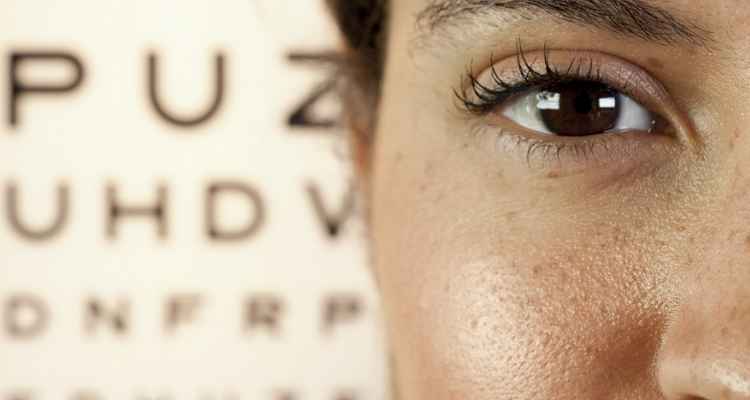Most people don’t want to go visit an eye doctor. While we cherish our eyes and work to protect them, most people also hate the idea of having to get eye drops, have glasses, or have anyone poke around in the eye. Even still, it’s very important that a person has an eye exam at a reputable location like Optiko.ca. Catching problems before they get severe can save your vision, and correcting bad vision can save your life.
Though you still may be a little nervous about what happens at the optometrist. So, what goes on in there? Generally speaking, optometrists are only going to perform routine exams. The most famous exam is the eye chart exam.
Different Sorts of Charts
Are there different sorts of charts that the doctor uses to give eye exams? Yes and no. Going with the “no” first: The fact is that the charts aren’t different at all in how they’re constructed. You have easily recognizable letters of the English alphabet like E, F, P, O, Z, D, and they are listed on different rows, with the top row being largest and the bottom row being the smallest. Though just because they’re generally made up of all the same symbols (at least the Herman Snellen version), that doesn’t mean that you will be looking at the same chart every time. The same symbols can also greatly differ.
Why Are Eye Exam Charts Different?
Memorization
Basically, the only legitimate reason there is for an optometrist to change up the eye exam chart is that you cannot memorize it. You might already suspect that many people loathe the idea of having to wear glasses, or especially needing some sort of laser corrective procedure. So, if they can get all the symbols correct, in which way they’re facing, the doctor is likely going to label them as having good vision. Doctors are aware of this fact, of course, and so they frequently change up their charts. The charts and exams are the same, save for the fact that the symbols are in a different order so that anyone who has inside information on how the last chart was configured won’t be able to cheat the test.
Measuring Distance
You’re basically just going to find those black letters (sometimes numbers) on the exam chart, but one way they’ll change it up on you is to have the symbols printed in different sizes. We don’t just mean larger to smaller, as that’s just the way to gauge the individual’s vision. We mean the top row of one test might be substantially larger than another test, and then the symbols get smaller. Older people, whose vision will naturally decline, are typically given tests with larger letters, whereas younger people start out with smaller letters. That bottom row is always going to be a tough one to see, however, as this is the one that really requires 20/20 vision to see.
That’s Just How the Arrive
It might seem a little trite, but the fact is that when most clinics or doctors are ordering new eye charts, they’re not exactly picking out any designer brands or specialized symbols. It’s not as if they’re thinking, “Let’s get some cool hieroglyphics this time.” It’s just that eye charts come this way. It’s basically just the status quo, and there’s no real big mystery behind it. Of course, an eye doctor is going to have a variety of eye exam charts, but they’re all using the same numbers, just in different orders. There is no special or fancy type of chart per se. Other than the order being mixed up, they’re basically all just black letters on a white background. Consistency is also preferred, as it helps achieve better results.
It’s common to have questions when you’re about to go in for an eye exam. If you think the dentist is a scary proposition, just wait until you have that mental image of someone poking around in your eyes! Thankfully, the vast majority of eye exams are very non-invasive, and you will likely just have to perform a few tests, such as reading from these charts. It seems like a rather simple test, yet it is still very important for you to get an eye exam regularly.

